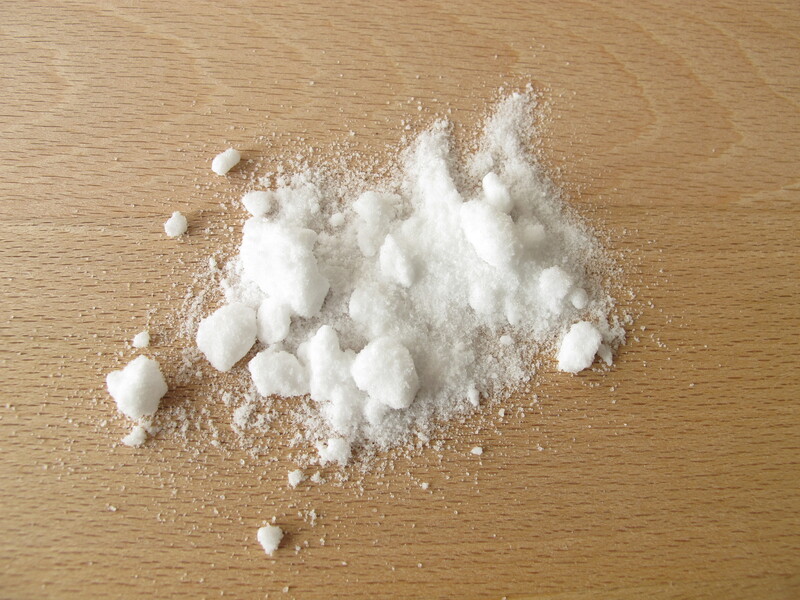How to Extend the Life of Your Furniture: Effective Cleaning and Maintenance Techniques
Posted on 24/07/2024
Furniture is a significant investment in your home, and it is essential to take good care of it to ensure its longevity. With proper cleaning and maintenance techniques, you can extend the life of your furniture and keep it looking new for years. In this article, we will discuss some effective cleaning and maintenance techniques that will help you preserve your furniture's beauty and functionality.
The Importance of Regular Cleaning
Regular cleaning is crucial to maintain the appearance and condition of your furniture. Over time, dirt, dust, spills, and body oils accumulate on your furniture's surface, making it look old and worn out. If left unattended, these contaminants can also cause damage to the fabric or wood of your furniture. Therefore, it is necessary to clean your furniture regularly to protect it from wear and tear.

Cleaning Techniques for Different Types of Furniture
Different types of furniture require different cleaning techniques. For instance, leather furniture should be cleaned with a mild soap solution using a soft cloth. On the other hand, wooden furniture can be wiped with a damp cloth followed by a dry one to prevent water damage. Make sure to read the manufacturer's instructions before cleaning any piece of furniture as certain materials may require special care.
For upholstery furniture, vacuuming is an essential step in the cleaning process. It helps remove dust, dirt, and pet hair from the surface before using any cleaner. You can also use a steam cleaner for deep cleaning upholstered furniture once or twice a year.
Protecting Your Furniture from Sun Damage
Exposing your furniture to direct sunlight can cause significant damage over time. The sun's UV rays can fade and discolor fabrics and wood finishes, making them look dull and old. To prevent this, you can use curtains or blinds to block direct sunlight from entering the room or consider moving your furniture away from windows. Additionally, you can apply a UV protectant solution to the wood finishes to minimize sun damage.
Dealing with Stains and Spills
Accidents happen, and spills on furniture are inevitable. It is crucial to act quickly when dealing with stains to avoid permanent damage. For fabric furniture, blot the stain gently with a paper towel or cloth, starting from the outside and moving inward. Avoid rubbing the stain vigorously as it can spread and set deeper into the fabric fibers.
For wooden furniture, wipe the spill immediately with a clean, damp cloth followed by a dry one. If necessary, use a mild soap solution to remove any remaining stains. For tough stains, such as red wine or ink, consider using a specialized cleaner designed for wood surfaces.
Tips for Maintaining Your Furniture
Apart from regular cleaning, some additional measures can help extend the life of your furniture:
1. Avoid placing heavy objects on delicate furniture.
2. Use coasters and placemats to protect wooden surfaces from water damage and heat marks.
3. Rotate cushions and pillows regularly to prevent uneven wear and tear.
4. Keep pets off your furniture to avoid scratches and accidents.
5. Use felt pads on the bottom of furniture legs to prevent scratches on hardwood floors.
6. Follow manufacturer's recommendations for any repair or touch-up work needed.
The Pros and Cons of DIY vs Professional Cleaning
While regular cleaning can be done by yourself at home, sometimes it may be necessary to seek professional help for deep cleaning or repairing damaged furniture. Here are some pros and cons of DIY vs professional cleaning:
DIY Cleaning:
Pros:
- Cost-effective
- Can be done at your convenience
- You have full control over the cleaning products used
Cons:
- May not be as thorough as professional cleaning
- Risk of damaging the furniture if not done properly
- Time-consuming
Professional Cleaning:
Pros:
- Thorough and comprehensive cleaning
- Knowledgeable and trained staff
- Use of specialized equipment and products
Cons:
- Can be expensive
- Requires scheduling an appointment
- May use strong chemicals that can be harmful to the environment

Key Takeaways
1. Regular cleaning is essential to maintain the appearance and condition of your furniture.
2. Different types of furniture require different cleaning techniques.
3. Protect your furniture from sun damage by using curtains or blinds and applying a UV protectant solution.
4. Act quickly when dealing with stains to avoid permanent damage.
5. Follow additional tips for maintaining your furniture's longevity.
6. Consider the pros and cons of DIY vs professional cleaning before making a decision.
In Conclusion
By following these effective cleaning and maintenance techniques, you can extend the life of your furniture and keep it looking beautiful for years to come. Regular cleaning, protecting it from sun damage, and taking necessary measures to prevent accidents are key to preserving your furniture's beauty and functionality. Remember to choose the right cleaning products and follow manufacturer's instructions for best results. With proper care, your furniture will not only last longer but also enhance the overall look of your home.


